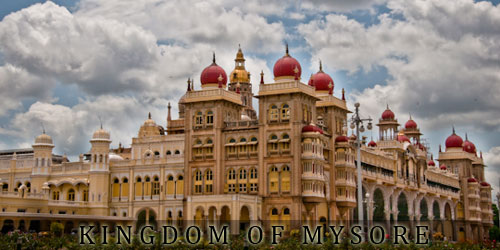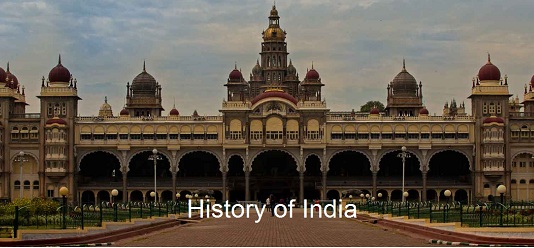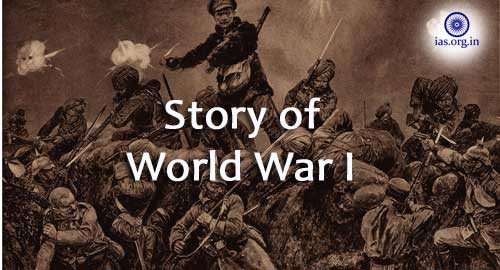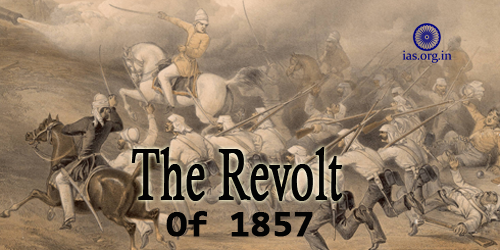Haider Ali and Tipu Sultan are names that always remained as a threat to their enemies.
In a very short period (1761-1799) of their rule, these father and son have achieved a regard that was something more than the reputation of mere kings.
End of Vijayanagar Empire
Story begins in early 18th century when two ministers of – once a mighty but now rusted and weak – Vijayanagar Empire became conspirator against their own king. Nangjaraj, the Sarvadhikari and Devraj, the Dulwai eventually seized the power in Mysore, reducing the king Chikka Krishna Raj to a mere puppet.
Also Read: Lesser known facts about Hampi!
Rise of Haider Ali
Haider Ali started his career in the Mysore Army as a petty officer, the Mysore was engaged in a lengthy war of more than twenty years. During the period he gradually rose in Mysore army cleverly using the opportunities that came in his way.
He was an uneducated but keen intellect, daring and determined. He understood the advantage of western military training and applied it to troops under his own command. He also established a modern arsenal with the help of French experts.
In 1791, Haider Ali overthrew Nanjaraj and established his authority over the Mysore state. Soon he turned Mysore into a leading Indian power.
He was always engaged in war with Maratha, Nizam and British. He repeatedly defeated British.
First Anglo Mysore War (1767-69)
In this war, Haider Ali faced the tripple alliance of the British, the Nizam and the Marathas. Haider Ali using his diplomatic skills bought off the Marathas and won over the Nizam and thus broke the alliance.
The war was brought to an end by signing of the Treaty of Madras in 1769.
In 1782, Haider Ali died in the course of the Second Anglo Mysore war and succeeded by his son.
Also Read: Peshwa Bajirao I – A Great Maratha Warrior
Tipu Sultan
In 1782, Tipu Sultan became the successor of Mysore Empire in the middle of a war. Tipu carried the Second Anglo Mysore War till 1784 when two side concluded peace by signing the Treaty of Mangalore.
In the Third Anglo Mysore War (1789-92), Tipu was defeated by the triple alliance of British, Nizam and Marathas and had to sign the Treaty of Srirangapatna.
In 1799, Tipu Sultan died at the gates of Srirangapatna in the last battle he fought with British.
Life of Tipu Sultan
He is also known as ‘Tiger of Mysore’ was in public opinion in England considered him a vicious tyrant, while modern Indian nationalists have hailed him as a freedom fighter, but both views are the products of wishful thinking.
Tipu Sultan introduced new calendar, new system of coinage, new scale and weight and measure. He had a keen interest in French Revolution. He planted a ‘Tree of Liberty” at Srirangapatna and he became a member of Jacobin Club.
His land revenue was as high as that of contemporary rulers – it ranged upto one third of the gross product.
He made an effort to build a modern navy after 1796.
He sent emissaries to France, Turkey, Iran and Pegu Myanmar to develop foreign trade. He also traded with China.
Some British historians have declared Tipu as a religious fanatic. But facts does not support this claim. Though he was an orthodox in his own religious views but he was tolerant and enlightened in his approach toward other religion. [reference – NCERT]
He gave money for construction of the image of goddess Sarda in the Sringeri Temple after the latter was looted by Maratha horsemen in 1791. He regularly gave gifts to this temple as well as several other temples. The famous temple of Sriranganath was situated barely a hundred yards from his palace. He never tried to change the name of Srirangapatna (like other rulers did in their area).
Even on his last morning (May 4th came, 1799) before the battle, Tipu was told that the omens were not propitious. He tried to ward off misfortune by presenting the Hindu priests and Brahmins with a purse of gold, an elephant, a black bullock and two buffalo, a black nanny goat and a black coat and hat, but in vain.
While he treated the vast majority of his Hindu and Christian subjects with consideration and tolerance, he was harsh on those Hindus and Christians who might directly or indirectly aid the British against Mysore Empire.
Also Read: 18 Wars of Medieval India – Battles that changed destiny of India






